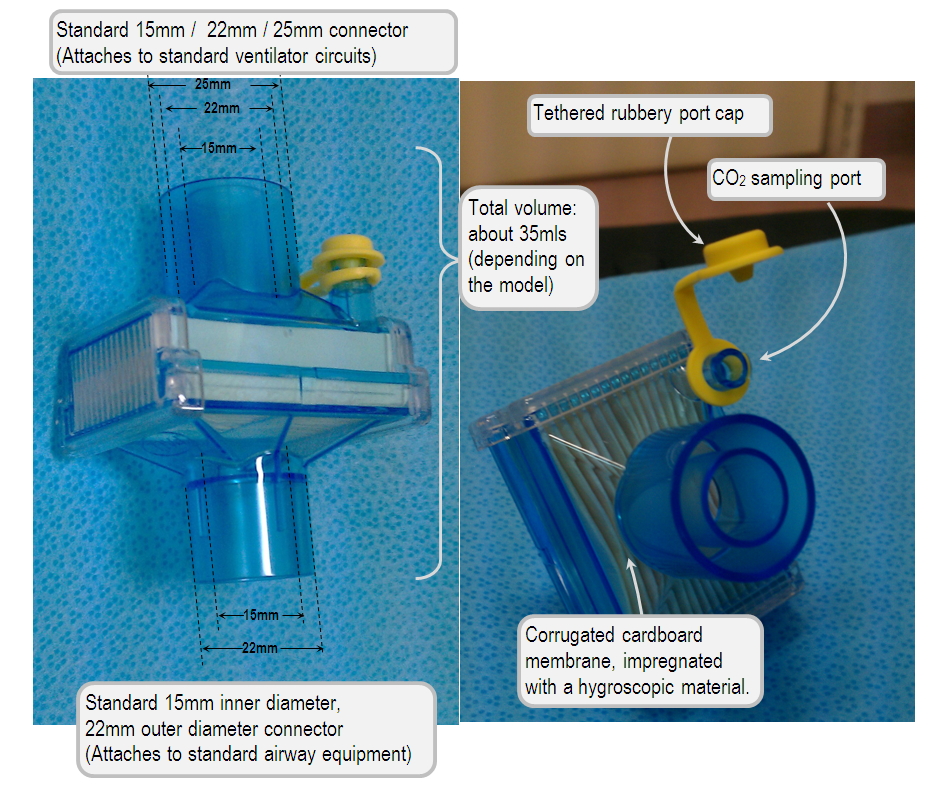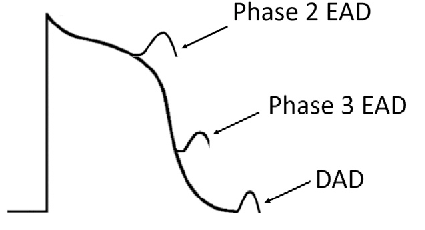1/
In these testing times, I've resorted to learning new concepts to distract myself. Sharing something I learned recently due to its current relevance.
(Discussion is limited to passive mechanical ventilation)
Enhanced CO2 elmination would allow reduction of delivered minute ventilation (and hence, VILI).
The question I had was, is there's something that can be done to maximize CO2 removal for a given tidal volume and RR. The answer is yes.
(i) Minimize apparatus dead space (VDapp)
(ii) Modulate breath delivery (which ultimately reduces airway/anatomical VD)
(i) Practically, any component distal to the Y-piece contributes to VDapp. More on this -
(see: derangedphysiology.com/main/cicm-prim…)
This can be overcome by using active circuit humidification (luckily, this is default in our MICU)

Clinical studies - in PMID: 27558174, they were able to reduce TV from by ~42cc (6.3 to 5.6/kg IBW) for the same resultant pCO2.
Although I'm a strong proponent of permissive hypercapnea, this may become a problem in certain situations (most commonly in acute cor pulmonale where CO2 may drive up PVR)
You notice this patient has an HME with VDapp = 50cc. Plus you realize you may able to squeeze an additional 50cc by utilizing a post-inspiratory pause.
I recently had an N=1 experience that was in line with this discussion. Curious about other thoughts on this.








